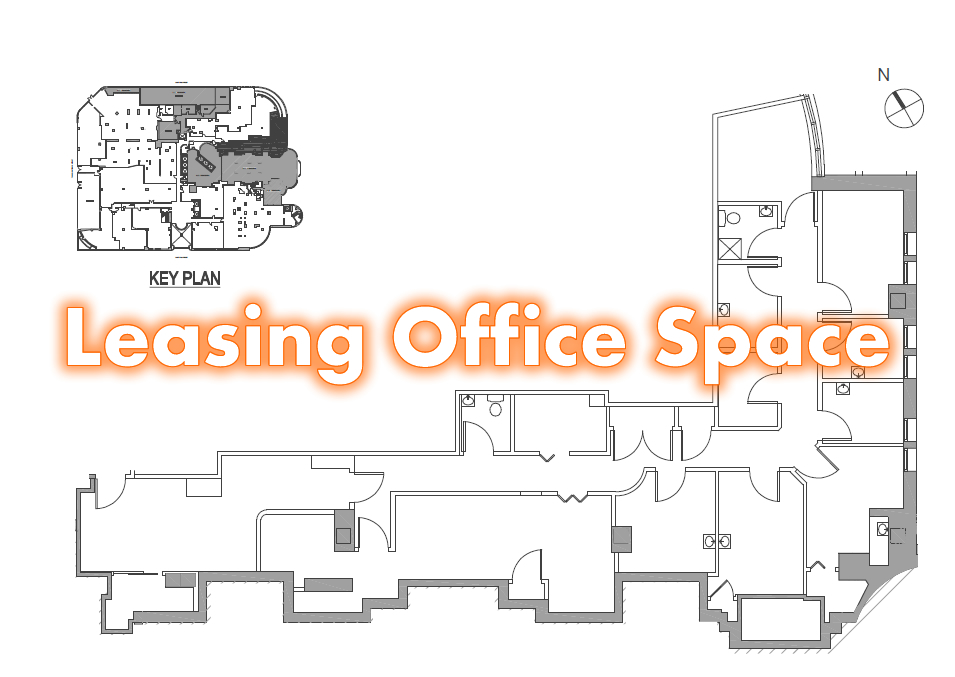Interior Design Tips for Designing Your Home Office
Even before the COVID-19 pandemic gripped the nation, causing a multitude of companies to send their employees home to work remotely, the work-from-home revolution was already well underway.
Not only does working from home give employees added flexibility to balance their work/life responsibilities and cut out expensive and time-consuming commutes, but it helps companies by lowering their rent, utility, and building upkeep costs. As such, the pandemic may have merely expedited a transition that was eventually going to make sense for many organizations.
The one issue with working from home is that there are some added distractions that may interfere with your ability to get work done. Whether it be needy children or the neighbors throwing a midday party, working from home presents some challenges not generally present in a traditional corporate building. Therefore, it is necessary for you to design your home office in a manner that can help you be as productive as possible.
Install Easy-to-Clean Surfaces
One cost that companies eliminate by having employees work remotely is that of a custodial staff to clean offices. While this is a saving for the company, it is transferred to the employee in the form of an unpaid duty, as you become responsible for cleaning your own home office.
Without the benefit of having a custodial staff and/or cleaning closet nearby, you will want to take steps to make cleaning your office as fast and efficient as possible. Thirty minutes spent cleaning a coffee spill is 30 minutes of work wasted, so you will want to have your desks and floors designed with easy-to-clean, nonporous materials that can be cleaned with a handful of paper towels.
A super trendy and eco-friendly idea would be to pair a polished concrete office floor with matching desk and quartz counter colors. This combo will provide class and maximum durability while eliminating the resources, both electric and chemical, needed to clean your space.
Use Alternative Walls
One of the challenges in designing your home office is finding an “office” at all. Many homes do not have an extra room that can be dedicated specifically to work and those that do feature spaces that are either so small or poorly laid out that productivity gets stifled in the uncomfortable confines.
If this is the case for you, you may want to consider adding a decorative screen panel to your work area. These innovative structures provide many of the same benefits as a wall while eliminating some of a wall’s drawbacks, including the following:
- A barrier between your workspace and the rest of the house
- Permeability that allows light to flow more freely than a traditional wall
- Custom designs to match your home and/or ideal work ambience
Add a Pocket Door

As mentioned, finding sufficient space for an office can be quite the challenge for homeowners. However, that cannot be an excuse for lower productivity, as client meetings and in-person sales calls will still sometimes be part of the job.
If finding space for your own desk is a challenge by itself, making room for guest chairs and/or bookshelves and filing cabinets may be downright impossible–especially for a swinging door that opens into your office.
Maximize the amount of your usable office space by having a pocket door installed. Instead of swinging in-and-out on a hinge, a pocket door slides into your wall on an innovative roller, hiding your door when open.
For those parents working from home, consider a glass pocket door, as this will provide sound insulation when closed while still allowing you to look up and keep an eye on your children without ever having to leave your office chair.
Matt Lee is the owner of the Innovative Building Materials blog and a content writer for the building materials industry. He is focused on helping fellow homeowners, contractors, and architects discover materials and methods of construction that save money, improve energy efficiency, and increase property value.


